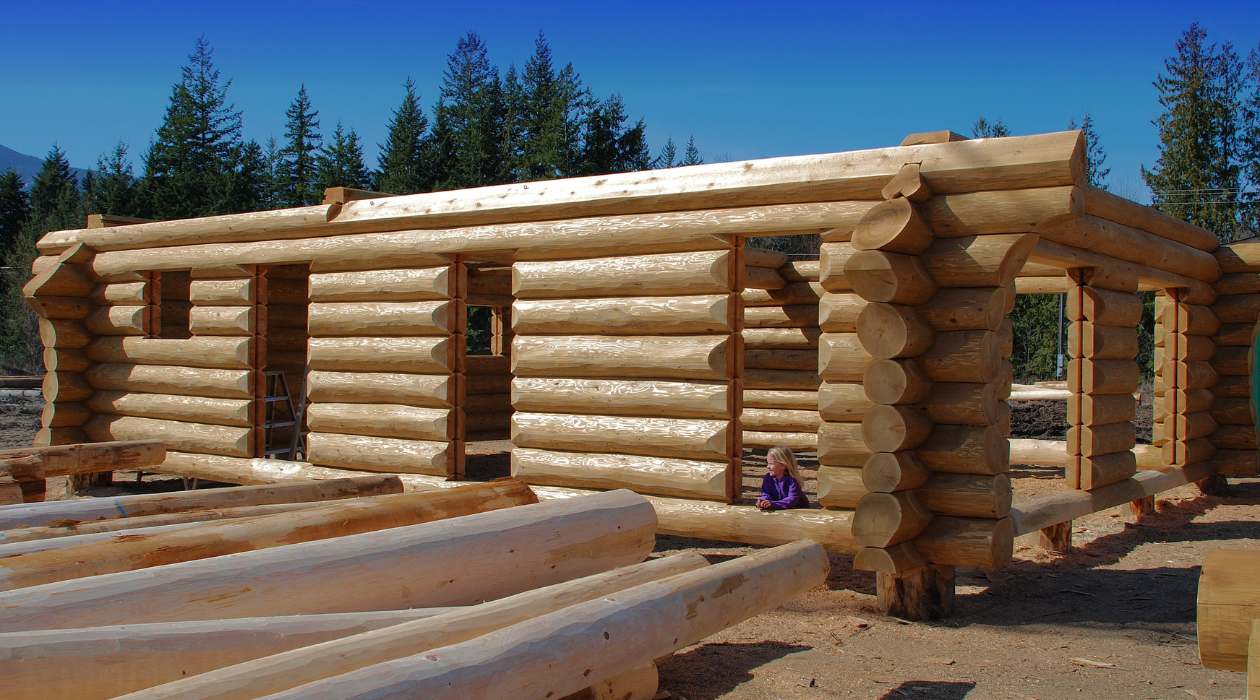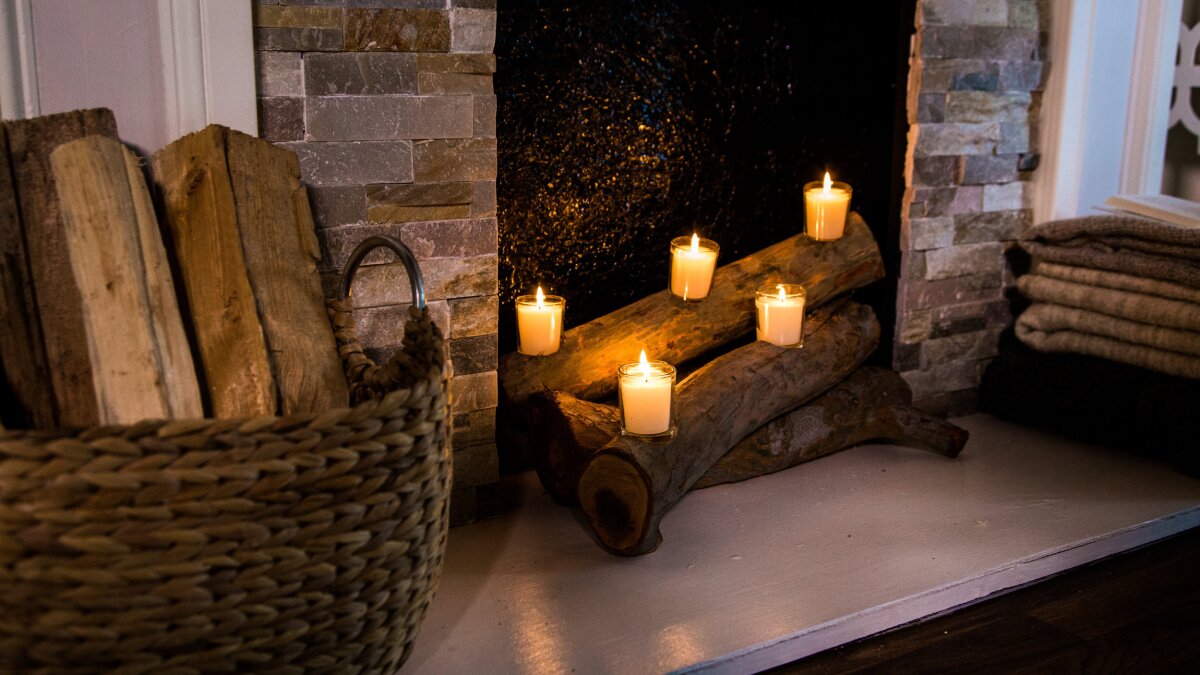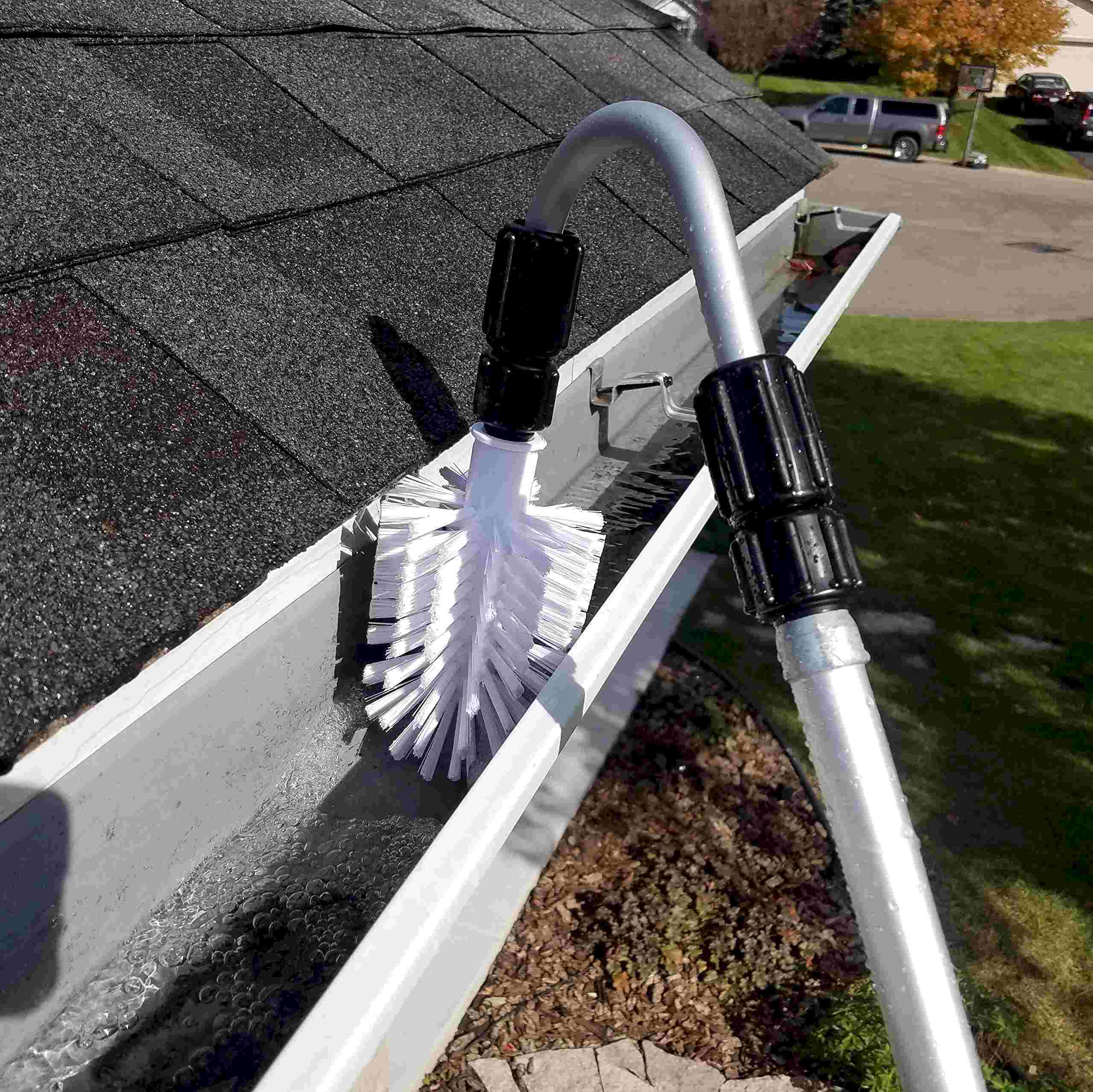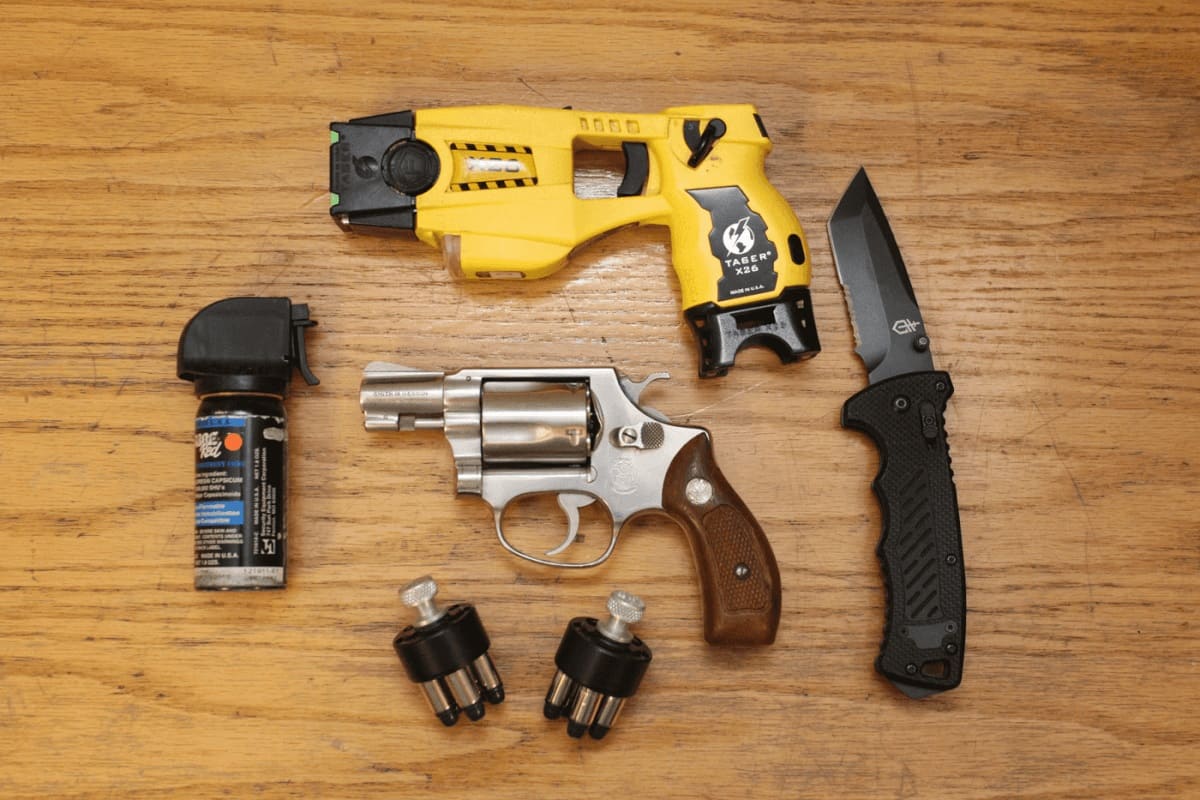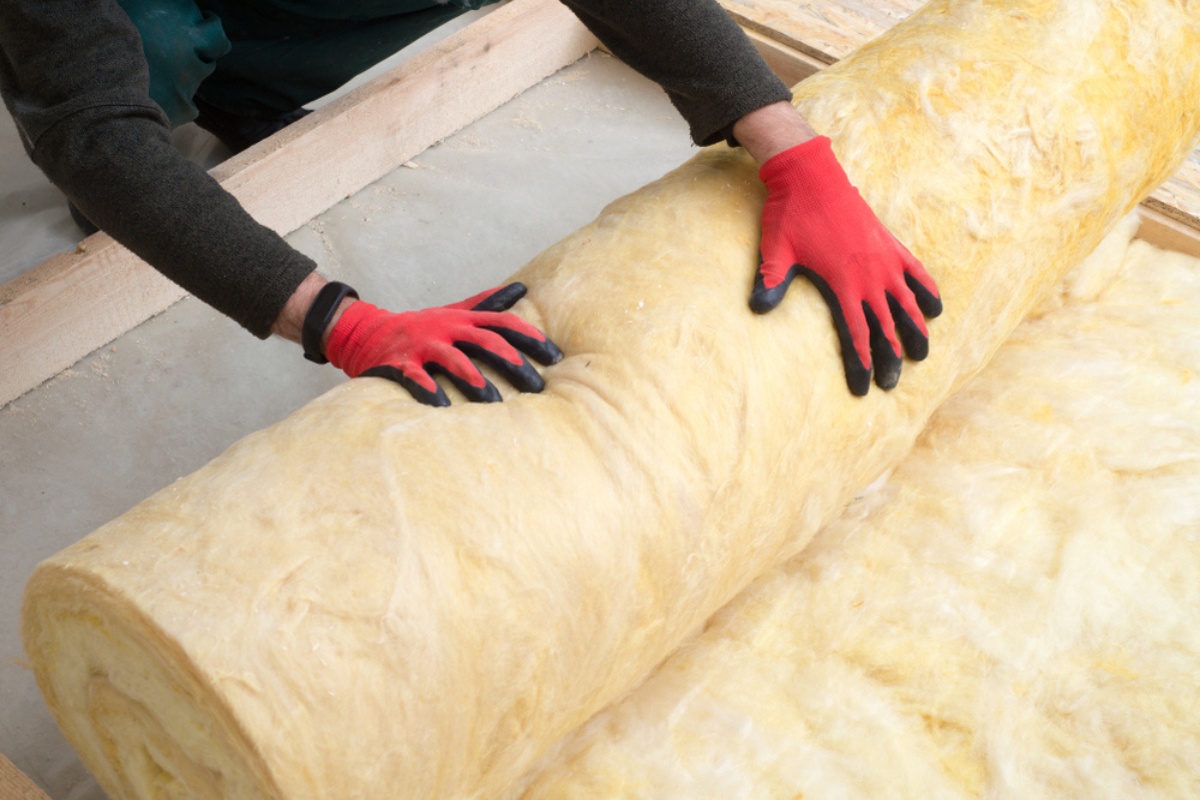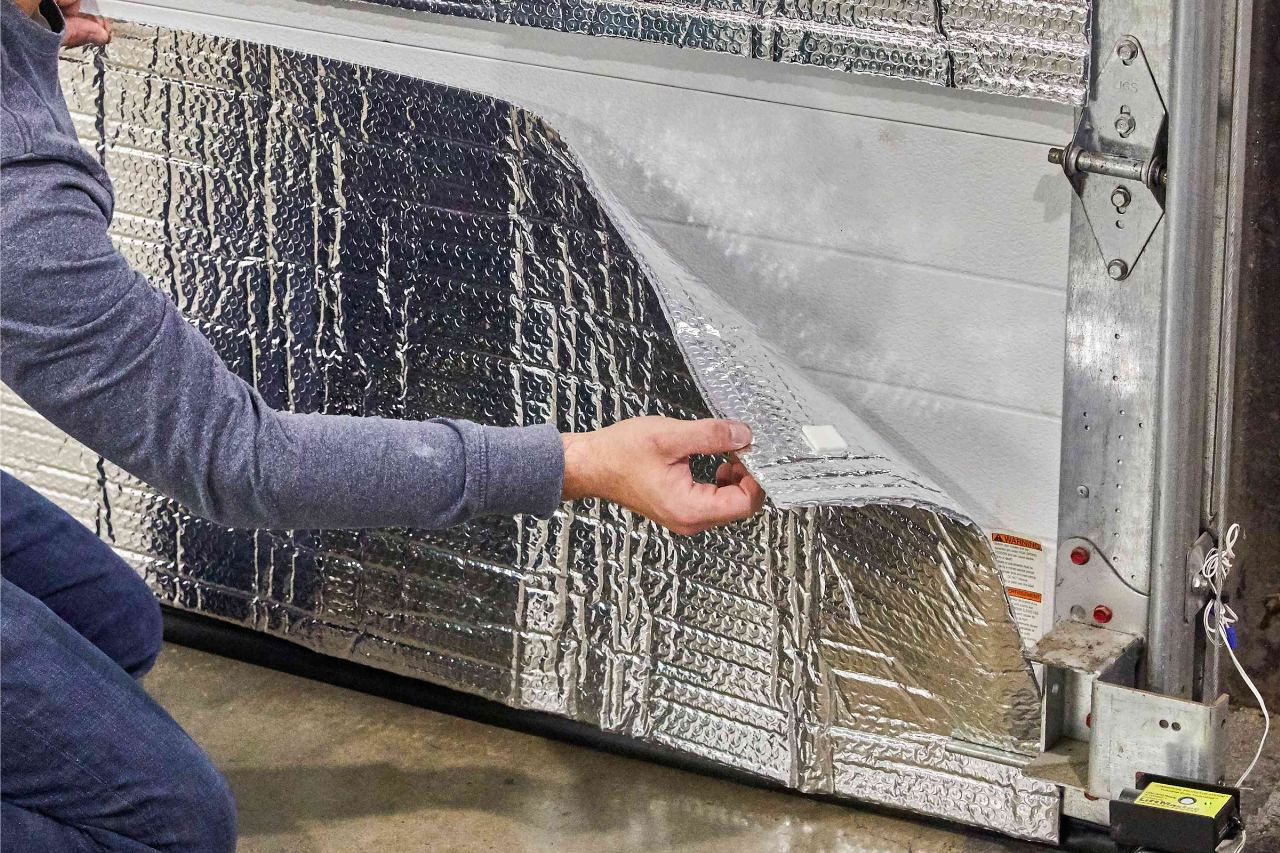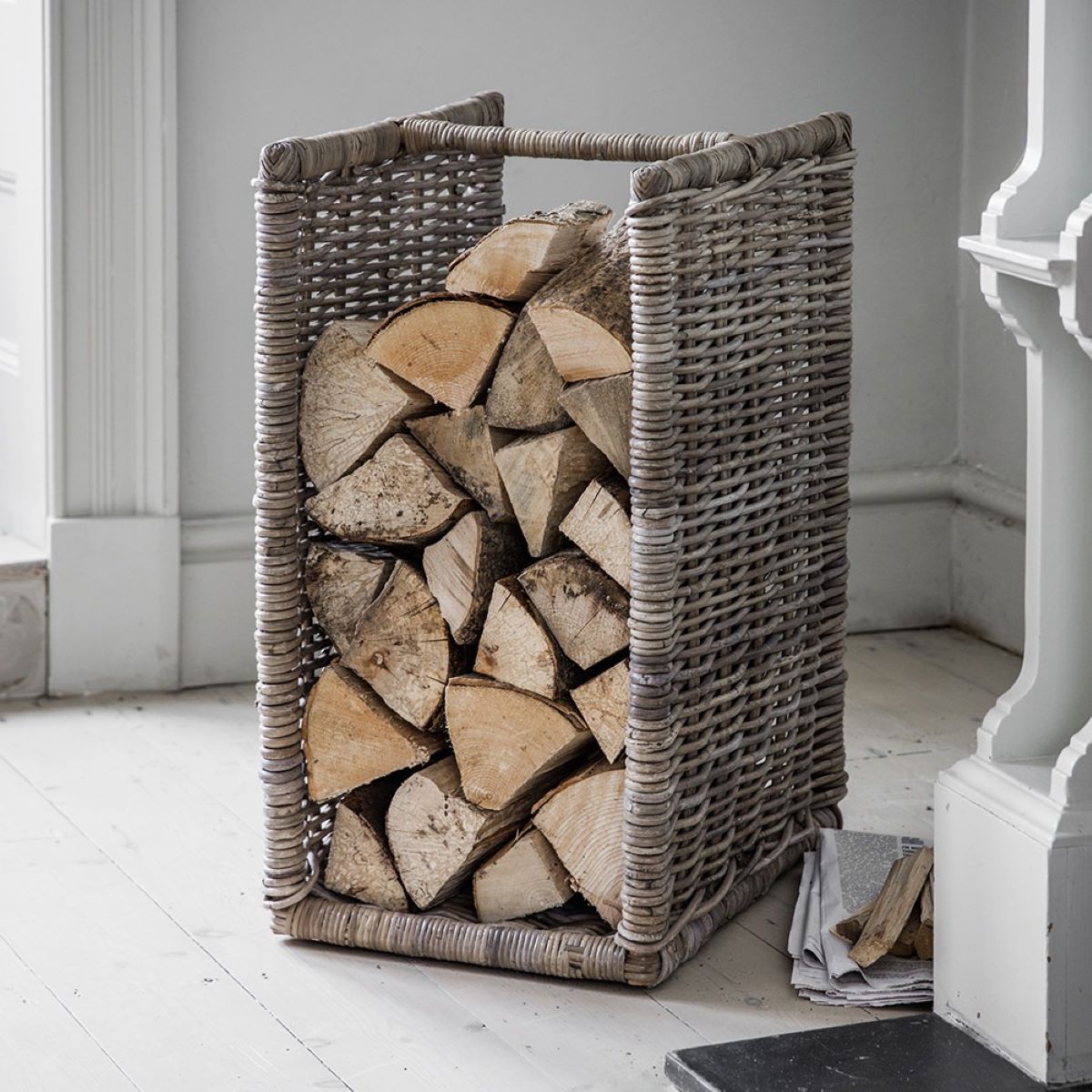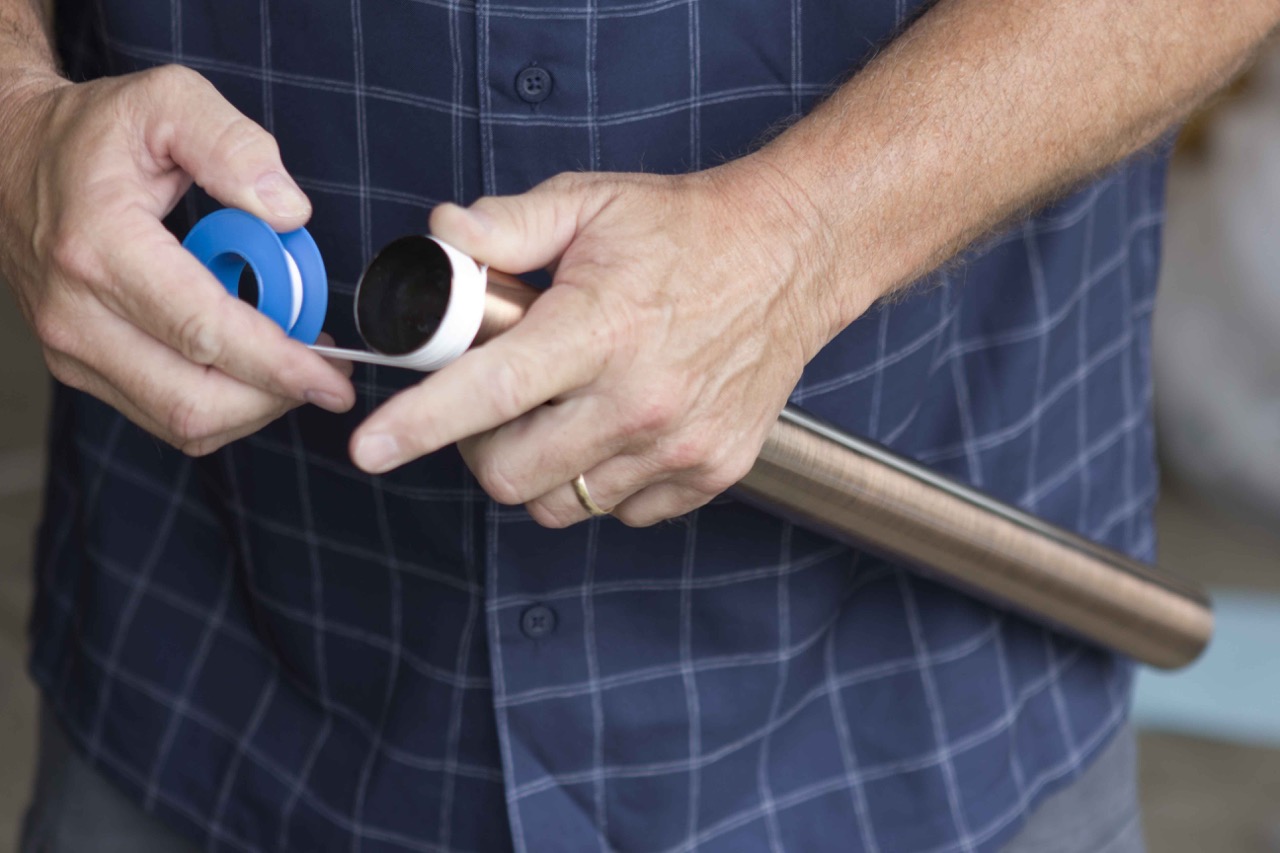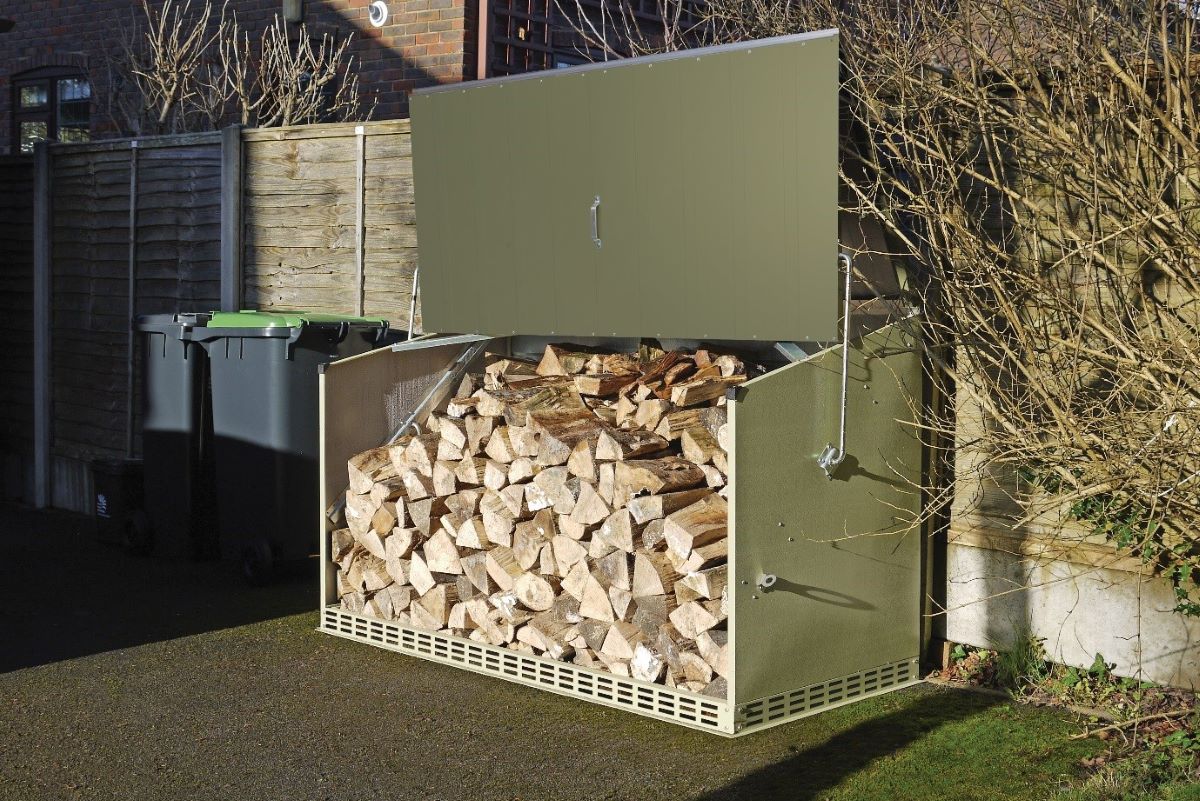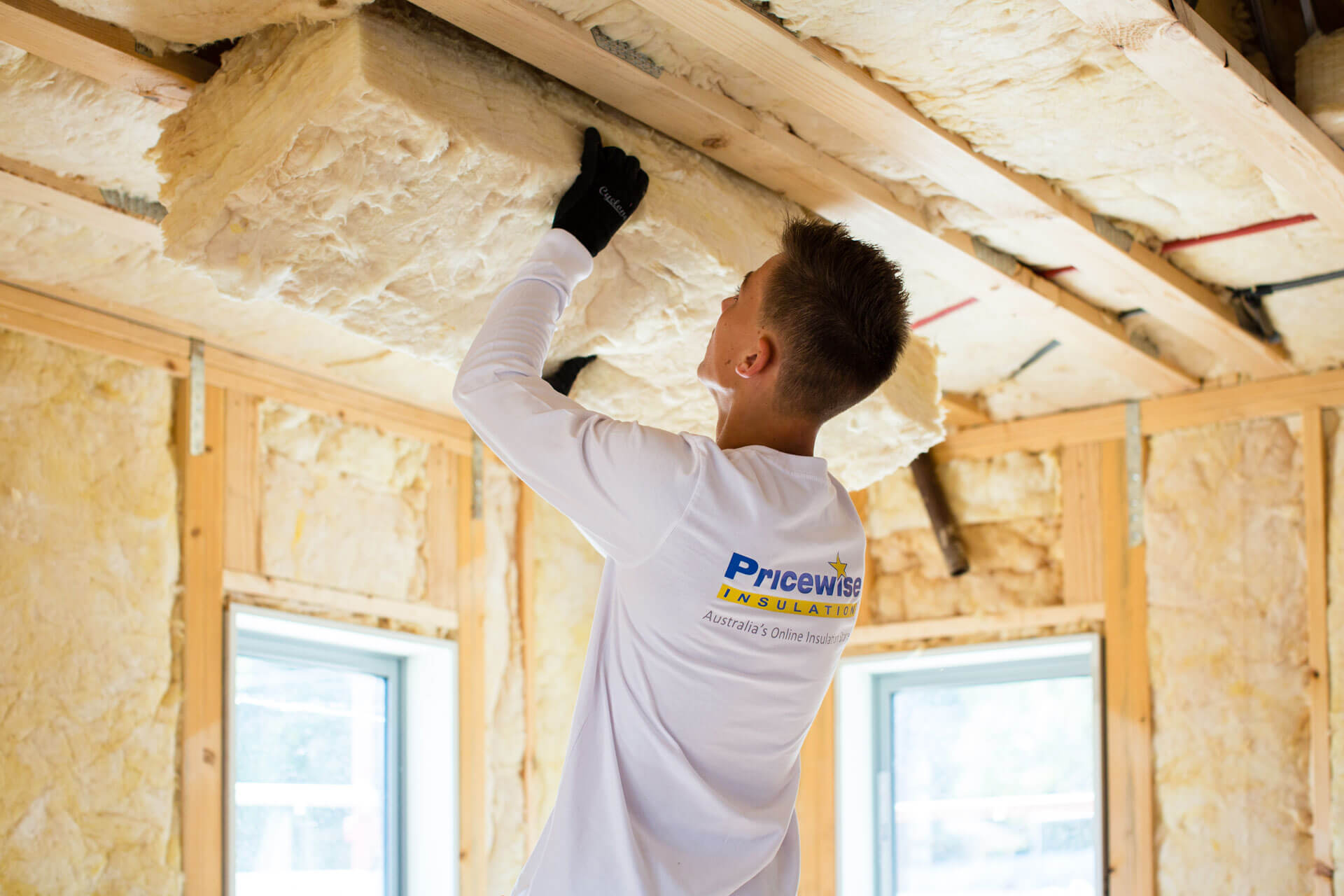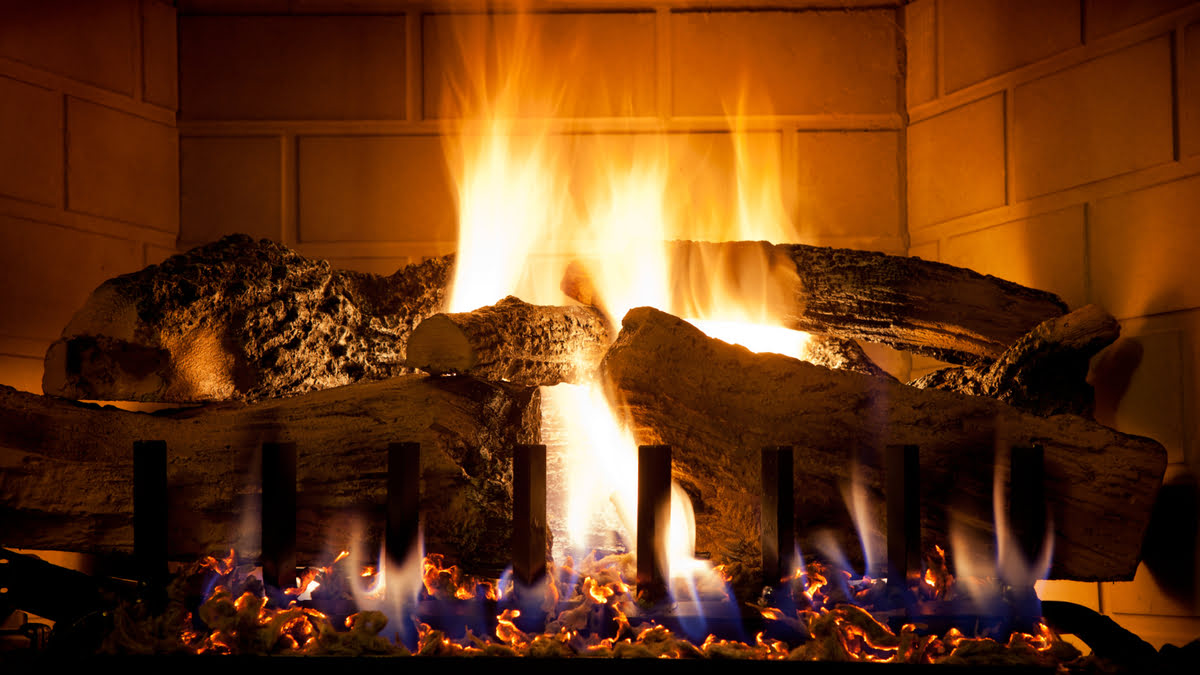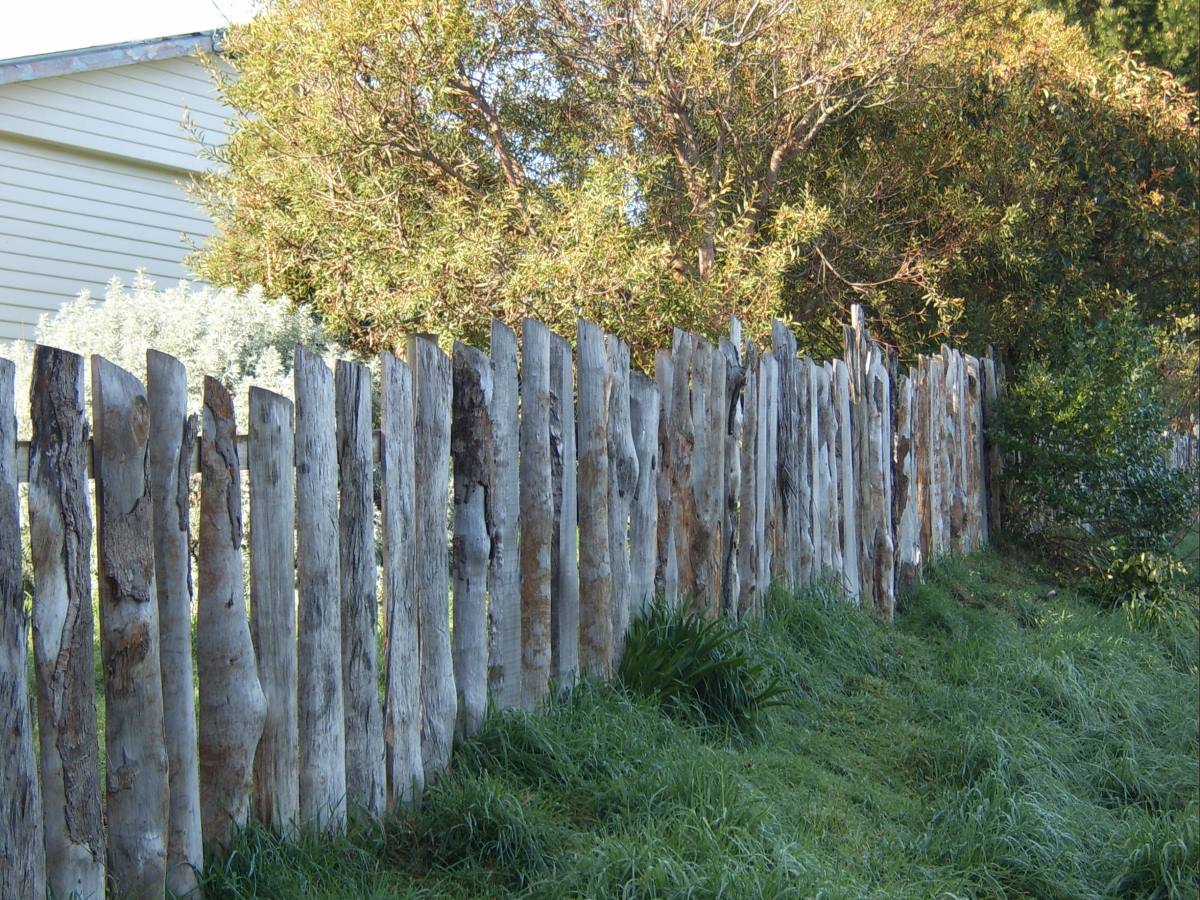Home>Home Maintenance>Log Home Maintenance: What To Use
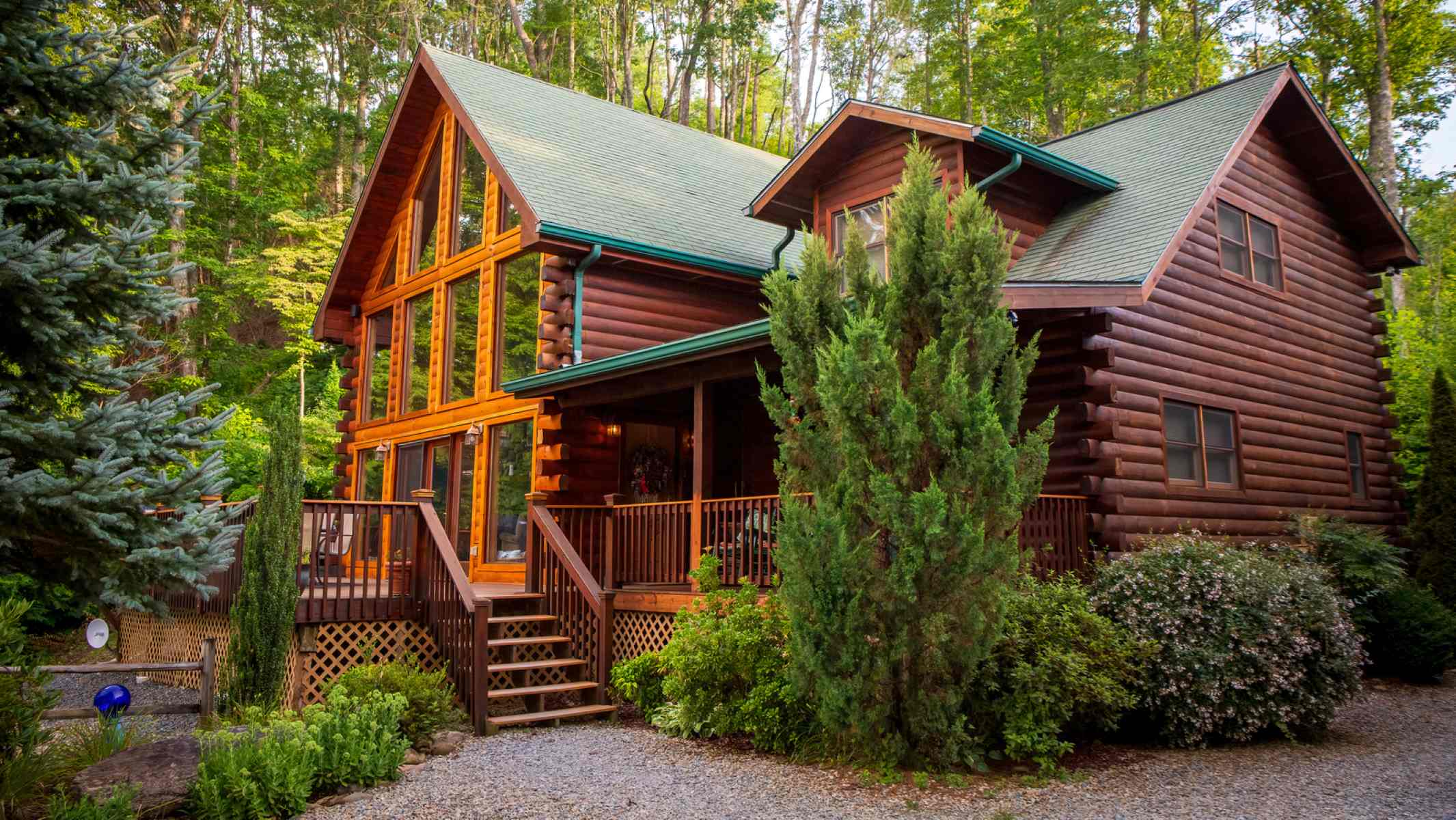

Home Maintenance
Log Home Maintenance: What To Use
Modified: March 6, 2024
Learn the best products and techniques for log home maintenance. Ensure your home stays in top condition with our expert tips and advice.
(Many of the links in this article redirect to a specific reviewed product. Your purchase of these products through affiliate links helps to generate commission for Storables.com, at no extra cost. Learn more)
Introduction
Welcome to our comprehensive guide on log home maintenance. Whether you’re a proud log home owner or someone considering purchasing a log home, it’s important to understand the importance of regular maintenance to keep your home in pristine condition. Log homes have a unique charm and beauty that requires specific maintenance techniques and products to ensure their longevity.
A log home is a significant investment, and proper maintenance is crucial to protect and preserve its aesthetic appeal and structural integrity. In this article, we will discuss the different types of log homes, the importance of choosing the right products for maintenance, and provide tips and solutions for common log home maintenance issues. By the end, you’ll have a clear understanding of how to effectively and efficiently care for your log home.
Key Takeaways:
- Regular log home maintenance is crucial to protect against rot, insect infestation, and weathering. It preserves the beauty and structural integrity, ensuring a cozy and inviting living environment for years to come.
- Choosing the right products and staying proactive with inspections and repairs are essential for maintaining a log home. By following a maintenance schedule and addressing issues promptly, you can enjoy the unique charm and comfort of your log home for generations.
Read more: How To Log Out Of Google Home
Why Log Home Maintenance is Important
Log homes have a unique rustic charm and offer a cozy living environment. However, without proper maintenance, these homes can deteriorate over time, leading to costly repairs and potential structural issues.
One of the primary reasons log home maintenance is important is to protect the wood from the elements. Logs are exposed to various weather conditions such as rain, snow, and sunlight, which can cause damage if not properly addressed. Water can seep into the logs, leading to rot and mold growth. Sunlight can cause the wood to fade and weaken.
Regular maintenance will help prevent these issues and ensure the long-lasting beauty and structural integrity of the home. By proactively addressing any potential problems, you can save yourself from expensive repairs in the future. Additionally, maintaining your log home will help preserve its value and attractiveness, making it more appealing to potential buyers if you ever decide to sell.
Another reason log home maintenance is important is that it allows you to detect and address any issues early on. By regularly inspecting your home, you can identify signs of decay, insect infestation, or water damage. Catching these problems early will allow you to take immediate action and prevent further damage.
Furthermore, log home maintenance helps to ensure the overall safety of your home. Regular inspections can help identify any structural weaknesses or hazards that may pose a risk to you and your family. Taking care of these issues promptly will help maintain a safe living environment.
Lastly, and perhaps most importantly, log home maintenance allows you to fully enjoy and appreciate your home. By keeping it in good condition, you can continue to relish in the unique beauty and tranquility that log homes offer. A well-maintained log home creates a warm and inviting atmosphere that you can be proud of.
Understanding the Different Types of Log Homes
Log homes come in various styles and construction methods, each with its own distinct characteristics. Understanding the different types will help you better cater to their specific maintenance needs. Here are a few common types of log homes:
-
Handcrafted Log Homes: Handcrafted log homes are built using traditional methods, where each log is individually shaped and stacked by skilled craftsmen. These homes have a rustic, one-of-a-kind appearance and often showcase beautiful joinery. Maintaining handcrafted log homes involves regular inspections for gaps and settling, as well as sealing and staining to protect the wood from moisture and UV damage.
-
Milled Log Homes: Milled log homes are constructed using logs that have been produced in a mill, resulting in consistent dimensions and smooth surfaces. These homes can be manufactured or kit-built, offering a more affordable option for log home enthusiasts. Maintenance for milled log homes typically involves regular cleaning, sealing, and staining to prevent deterioration and maintain their visual appeal.
-
Log Cabin Kits: Log cabin kits are pre-cut log packages that include all the necessary materials for building a log home. These kits are often favored by DIY enthusiasts who enjoy the challenge of constructing their own log home. Maintenance for log cabin kits is similar to milled log homes and will require regular cleaning, sealing, and staining.
Regardless of the type of log home you have, it is essential to understand the specific maintenance requirements for your particular construction style. This will help you choose the right products and techniques to ensure the longevity and beauty of your log home.
Choosing the Right Products for Log Home Maintenance
When it comes to log home maintenance, using the appropriate products is crucial to ensure effective and long-lasting results. Here are some factors to consider when choosing products for your log home:
-
Cleaning Products: It’s essential to use gentle yet effective cleaning products that won’t damage the wood or harm the environment. Look for log-specific cleaners that are designed to remove dirt, grime, and mold without stripping away the natural oils in the wood.
-
Sealants: Sealants play a vital role in protecting the logs from moisture, UV damage, and insect infestations. Choose high-quality sealants that are specifically formulated for log homes. Consider the climate in your area to determine whether you need a breathable or non-breathable sealant.
-
Stains: Stains not only enhance the natural beauty of log homes but also provide an additional layer of protection. Opt for stains that offer UV resistance and are designed for vertical surfaces, ensuring proper adhesion and durability.
-
Chinking and Caulking: Chinking and caulking are used to fill gaps and cracks between logs, preventing water penetration and heat loss. Choose flexible and weather-resistant chinking and caulking products that can withstand the natural movement of logs.
-
Insect Repellents: Depending on your region, log homes may be susceptible to wood-boring insects like termites and carpenter ants. Consider using insect repellents or treatments specifically formulated for log homes to deter these pests and protect your investment.
When selecting products, it’s essential to ensure compatibility with the type of wood used in your log home. Different wood species may have specific maintenance requirements, so consult with professionals or the product manufacturer for guidance.
Remember, regular maintenance and reapplication of products are necessary to keep your log home looking its best. Follow the manufacturer’s instructions for application and maintenance schedules to maximize the effectiveness of the products and prolong the lifespan of your log home.
Exterior Log Maintenance
The exterior of your log home is constantly exposed to the elements, making regular maintenance essential to protect the wood and maintain its beauty. Here are some key steps to follow for effective exterior log maintenance:
-
Cleaning: Start by cleaning the exterior logs to remove dirt, dust, mold, and other debris. Use a log-specific cleaner and follow the manufacturer’s instructions. A soft-bristle brush or pressure washer can help remove stubborn stains, but be cautious not to use excessive pressure that could damage the wood.
-
Inspection: Regularly inspect the logs for signs of rot, decay, insect infestation, or cracks. Look for any gaps or openings where water could penetrate. Address these issues promptly to prevent further damage.
-
Sealing and Staining: Apply an appropriate log sealant to protect the wood from moisture and UV damage. Make sure the logs are dry before applying the sealant. Follow the manufacturer’s instructions for the number of coats and drying time. After sealing, apply a high-quality log stain to enhance the color and provide additional protection.
-
Chinking and Caulking: Inspect the chinking or caulking between the logs and repair any cracks or gaps. Remove any deteriorated chinking or caulking and apply a fresh layer to ensure a tight seal. This will prevent water intrusion, heat loss, and insect infiltration.
-
Maintenance Schedule: Develop a regular maintenance schedule for your log home’s exterior. Depending on the climate and exposure to the elements, you may need to reapply sealant and stain every few years. Regularly cleaning and inspecting the logs should be done at least once a year.
It’s important to note that during the maintenance process, it’s crucial to protect yourself by wearing appropriate safety gear, such as gloves, goggles, and a mask, especially when working with chemicals or using a pressure washer.
By following these steps and staying proactive with exterior log maintenance, you can ensure that your log home remains beautiful, protected, and standing strong for years to come.
Regularly inspect and maintain the exterior finish of your log home to prevent moisture damage. Use a high-quality wood preservative and finish to protect against weathering and UV damage.
Read more: What Is A Gas Log Fireplace
Interior Log Maintenance
Maintaining the interior of your log home is just as important as caring for the exterior. Proper interior log maintenance not only enhances the beauty of your home but also helps to maintain a healthy and comfortable living environment. Here are some key steps to consider for interior log maintenance:
-
Cleaning: Regularly dust and vacuum the interior logs to remove dirt, dust, and cobwebs. Use a soft-bristle brush or a microfiber cloth to gently clean the logs. Avoid using harsh chemical cleaners that can damage the wood.
-
Sealing and Staining: While it may not be necessary to seal the interior logs as frequently as the exterior, it’s still important to periodically check for any areas that may need touch-ups. Apply a log sealant or stain to areas that show signs of wear or have been exposed to moisture. This will help protect the wood and maintain its appearance.
-
Keep Moisture in Check: Monitor the humidity levels inside your log home to prevent excessive moisture. High humidity can lead to condensation and potential mold growth on the interior logs. Use a dehumidifier or proper ventilation to control the moisture levels inside your home.
-
Inspect for Insect Infestation: Regularly inspect the interior logs for any signs of insect infestation, such as small holes or sawdust-like residue. If you notice any indications of pests, consult with a professional exterminator to address the issue.
-
Address Cracks and Settling: Logs naturally settle and may develop small cracks over time. Monitor these cracks and address them as needed. Use a wood filler specifically designed for log homes to fill in any gaps and maintain a uniform appearance.
-
Monitor Temperature and Humidity: Maintain a consistent temperature and humidity level inside your log home. Extreme fluctuations in temperature and humidity can cause the logs to expand and contract, potentially leading to cracks and gaps. Use a thermostat and hygrometer to monitor and regulate the indoor climate.
Regular maintenance and care of the interior logs will help preserve their beauty and integrity. By following these steps, you can create a comfortable and visually appealing living space for you and your family to enjoy.
Common Log Home Maintenance Issues and Their Solutions
Log homes, like any other type of property, may encounter maintenance issues over time. Understanding these common issues and knowing how to address them will help you maintain the integrity and beauty of your log home. Here are some common log home maintenance issues and their solutions:
-
Rot and Decay: Exposure to moisture can cause rot and decay in log homes. Regularly inspect the logs for signs of rot, such as soft or discolored wood. If you notice rot, it’s important to address it immediately. Remove the affected logs and replace them with new ones. Consider consulting with a professional log home contractor for assistance.
-
Insect Infestation: Wood-boring insects, such as termites and carpenter ants, can pose a threat to log homes. Signs of infestation include small holes, sawdust-like residue, or hollow-sounding logs. If you suspect an infestation, contact a licensed pest control professional to assess the situation and provide treatment options.
-
Cracking and Settling: Logs naturally settle and may develop cracks over time. It’s important to monitor these cracks and address them to maintain the structural integrity and aesthetics of your log home. Use a log-specific wood filler to fill in the gaps, ensuring a smooth and consistent surface. Regularly check for new cracks and address them promptly.
-
Mold and Mildew: Moisture and high humidity levels can lead to mold and mildew growth on the logs. To prevent mold and mildew, ensure proper ventilation and control the humidity levels inside your home. If you notice mold or mildew, clean the affected areas with a log-specific cleaner and consider using a mold and mildew inhibitor to prevent future growth.
-
Weathering and Fading: Exposure to sunlight and harsh weather conditions can cause the logs to fade and lose their luster. To combat weathering, apply a high-quality log stain and UV protectant. Regularly inspect the logs for signs of fading and reapply stain as necessary to maintain the vibrant appearance of your log home.
-
Gaps and Energy Efficiency: Over time, logs may shift and create gaps, resulting in energy inefficiency. Addressing gaps is important to maintain a comfortable indoor environment and lower energy bills. Reapply chinking or caulking to fill in the gaps and ensure a tight seal. Regularly inspect the chinking and caulking and make necessary repairs.
It’s important to address these common log home maintenance issues promptly to prevent further damage and maintain the longevity of your log home. Regular inspections, timely repairs, and using appropriate products and treatments will help keep your log home in excellent condition for years to come.
Tips for Log Home Maintenance
Maintaining a log home requires regular care and attention to ensure its longevity and visual appeal. Here are some valuable tips to help you with log home maintenance:
-
Develop a Maintenance Schedule: Create a maintenance schedule that includes regular inspections and tasks such as cleaning, sealing, staining, and chinking. Following a schedule will help you stay organized and ensure that maintenance tasks are done consistently.
-
Regularly Inspect Your Log Home: Conduct thorough inspections of both the exterior and interior of your log home. Look for signs of rot, decay, insect infestation, cracks, gaps, and any other issues that may require attention. Early detection and prompt action can help prevent further damage.
-
Keep the Logs Clean: Regularly clean the logs to remove dirt, dust, and debris. Use a gentle log-specific cleaner and a soft-bristle brush or microfiber cloth. Avoid using harsh chemicals or abrasive materials that can damage the wood.
-
Maintain Proper Drainage: Ensure that the area around your log home has proper drainage to prevent water pooling or accumulation near the foundation. Good drainage helps to avoid water damage and reduces the risk of rot and decay in the logs.
-
Monitor Moisture Levels: Keep an eye on the moisture levels both inside and outside your log home. Maintain consistent humidity levels and use a dehumidifier if necessary to control moisture. Excessive moisture can lead to mold, rot, and other issues.
-
Protect from UV Exposure: Direct sunlight can cause the logs to fade and deteriorate over time. Apply a quality UV-protectant stain or clear coat to shield the wood from harmful UV rays. Regularly monitor the logs for signs of fading and reapply as necessary.
-
Address Maintenance Issues Promptly: If you notice any maintenance issues such as rot, insect infestation, or cracks, address them promptly. Consult with professionals if needed to ensure proper solutions and repairs.
-
Educate Yourself: Stay informed about log home maintenance techniques, products, and best practices. Attend workshops, read books, and consult with log home experts to expand your knowledge and improve your maintenance skills.
-
Professional Log Home Maintenance: Consider hiring professionals for certain log home maintenance tasks, especially for complex repairs or treatments. Experienced log home contractors can provide expert advice and ensure the job is done correctly.
-
Enjoy and Love Your Log Home: Lastly, take time to enjoy and appreciate your log home. Regular maintenance ensures its longevity and allows you to continue relishing in the unique beauty and comfort it provides.
By following these tips and investing time and effort into log home maintenance, you can preserve the natural charm and durability of your log home for years to come.
Conclusion
Caring for your log home is a commitment that requires regular maintenance, but the rewards are well worth the effort. By understanding the different types of log homes, choosing the right products, and implementing effective maintenance practices, you can ensure the long-lasting beauty and structural integrity of your log home.
Regular cleaning, sealing, and staining of both the exterior and interior logs are essential to protect them from moisture, UV damage, and insect infestations. Inspecting and addressing maintenance issues promptly can prevent further damage and costly repairs. Additionally, monitoring moisture levels, controlling humidity, and maintaining proper drainage are crucial to prevent mold, rot, and other moisture-related issues.
Remember to develop a maintenance schedule, stay proactive in your inspections, and educate yourself about log home maintenance techniques and best practices. Whether you choose to DIY or hire professionals for certain tasks, the key is to stay consistent and attentive to the needs of your log home.
By following these tips and dedicating time and effort to log home maintenance, you can ensure that your log home remains a beautiful, comfortable, and cherished haven for you and your family for generations to come.
So, roll up your sleeves, grab your cleaning supplies, and let the maintenance journey begin! Your log home will thank you for it.
Frequently Asked Questions about Log Home Maintenance: What To Use
Was this page helpful?
At Storables.com, we guarantee accurate and reliable information. Our content, validated by Expert Board Contributors, is crafted following stringent Editorial Policies. We're committed to providing you with well-researched, expert-backed insights for all your informational needs.
